Firstly, this is not a book of photographs, but an essay on photography and in particular on our faith in this specific means of representation. Those unfamiliar with the photographic practice of the Catalan artist Joan Fontcuberta might be misled by its ability to create fictions like a novelist and inventor of stories. They might also be misled into thinking that he has a scientific background.
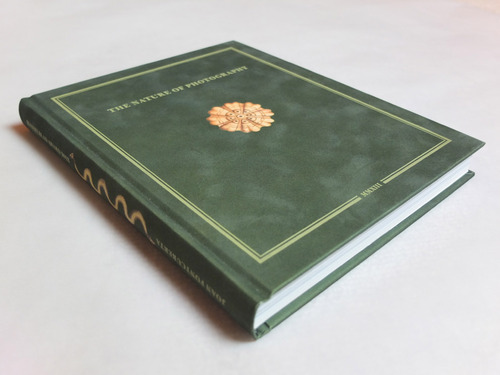
It takes a keen eye to recognize the true intention and to read between the lines although it is still better to be surprised and betrayed by the photographer. After all, the pleasure of surprise has the flavor of a revelation which is what makes this work initially curious. A severe critic might argue that once the trap is revealed, there is little to hold onto.
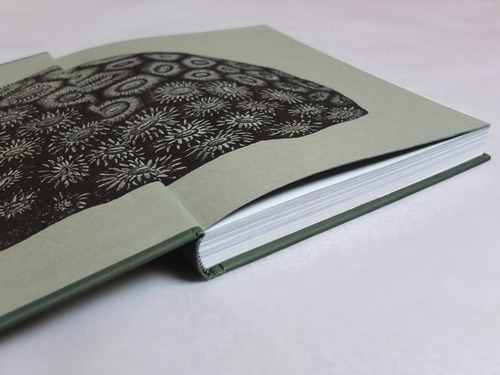

Then the plot, no matter how well crafted, will melt along with the trust of the reader. In the past, the surrealists have warned us of the thin and permeable membrane of perception. Yet it is precisely the boundary between fiction and reality, the ambiguous nature of language (as evidenced in the title and structure of this book), the duality expressed by Barthes (and cited in the introduction by Geoffrey Batchen) between connotation and denotation which best explains the research by Fontcuberta.
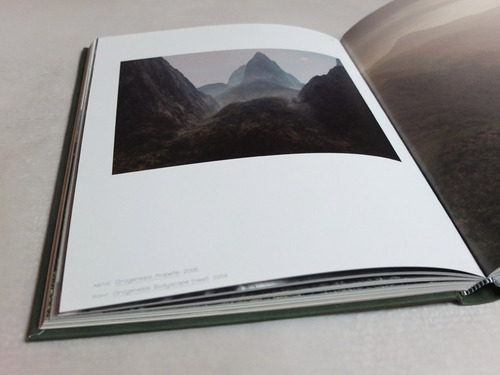
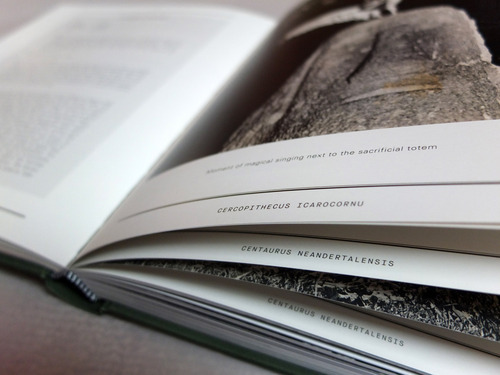
It is not the truth of false evidence or the genius of conjecture, but rather that the questioning and uncertainty that such a path stimulates deserves a thorough investigation. Of course the ambiguity of fiction is very common today. We know it already. The ease of manipulating reality, or vice versa to disguise fiction is something more than a thinly veiled attempt, it is almost a resignation to contradiction.
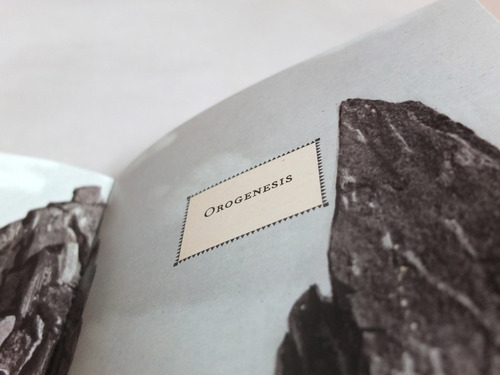
For this reason should we fear or investigate the means of representation? Artists like Fontcuberta say we must. It is a subject upon which to place great emphasis. In fact, the doubt about the existence of reality as an objective truth has deep roots in modern philosophy and right after in contemporary art. This is not just a new or unexplored territory. So the question is whether in ‘making fun’ of reality through art, and even more technology, we are not helping to confuse or otherwise simulate. Are we sure to stimulate a greater awareness of the ‘state of affairs’ rather than an addiction? What future lies behind the acceptance of opposites?

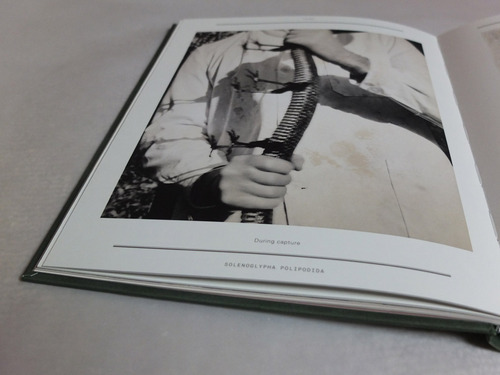
To Hegel, opposition is the spring of reality. To distinguish between good and evil we need to place them in relation with one another. Thus we can say that art like Fontcuberta’s contributes to the dialectic between reality and fiction, and perhaps leads to a new synthesis of what we consider to be the existing ones. This scenario refers to the thought of Heraclitus, about 2500 years ago, according to which the becoming can be and not be at the same time like the sea water which if drunk can be harmful to people and potable for fish. All this leads to the denial of the Aristotelian principle of non-contradiction, a fundamental pillar of the evolution of human thought to the present day.
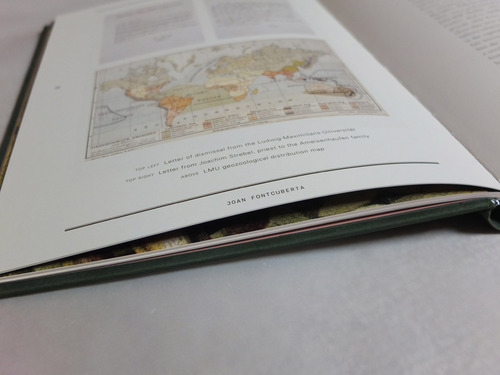
To conclude, this book is well worth reading. It gives a significant biographical insight into the evolution of Fontcuberta’s research, which - as I have tried to summarize in this short text - brings us back to the essential questions for the times in which we live
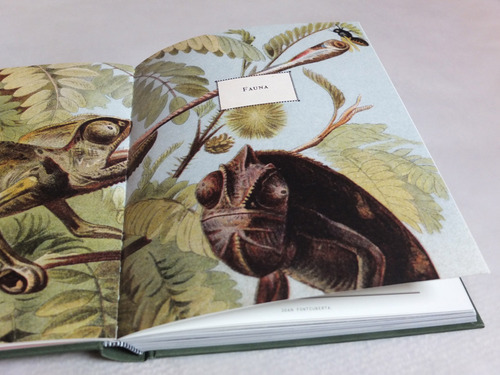
INFO ON MACK EDITION
'The Photography of Nature & The Nature of Photography’
by Joan Fontcuberta
224 pages
242 colour plates
21 cm x 26 cm
Embossed hardcover
Publication date: October 2013
---
LINKS
MACK BOOKS
Joan Fontcuberta
Spain
share this page